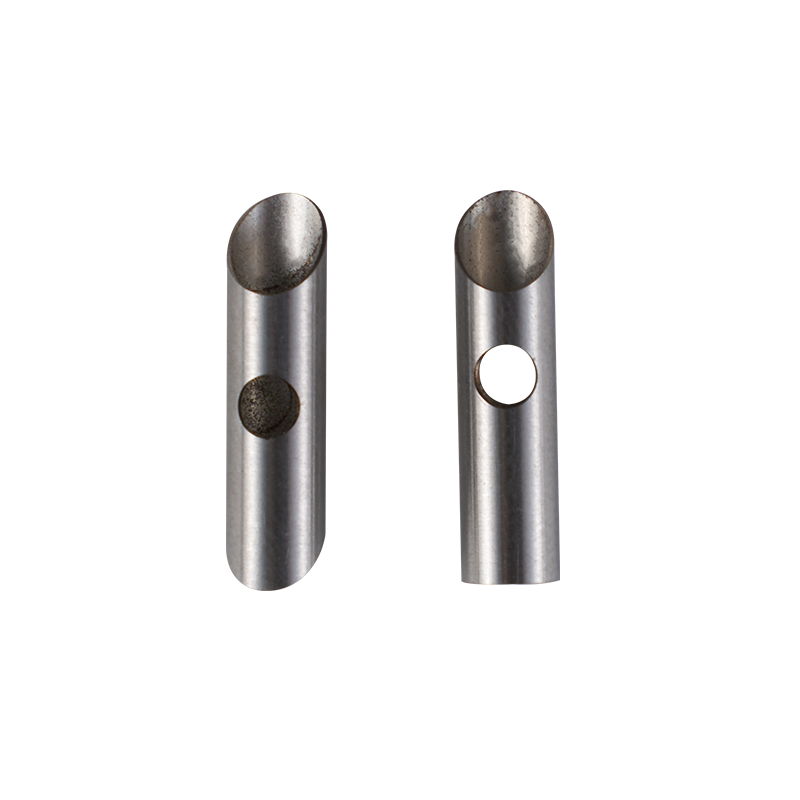+86-0577-86858771
Blood collection needles are essential tools in clinical and laboratory settings, playing a crucial role in obtaining blood samples safely and efficiently. Their design has evolved over the years to address challenges related to patient comfort, safety for healthcare workers, and the quality of the blood sample. A closer look at the components and design features of these needles reveals how careful engineering supports their everyday use.

One of the core elements of a blood collection needle is the needle tube, which forms the hollow passage through which blood flows during collection. The needle tube’s dimensions, such as its length and gauge, are carefully selected depending on the application and patient characteristics. For example, thinner needles are typically chosen for pediatric patients or those with fragile veins to lessen discomfort and tissue trauma. Conversely, slightly larger gauges may be used in adult patients to allow faster blood flow, reducing the time needed for collection.
The material of the needle tube is usually stainless steel, favored for its strength, corrosion resistance, and smooth surface finish. A polished inner surface helps less resistance to blood flow, preventing hemolysis (the breaking down of red blood cells) and ensuring sample integrity. Additionally, the bevel—the angled tip of the needle—is designed to facilitate smooth insertion into the vein. A well-crafted bevel reduces the force needed to puncture the skin and vein wall, which can enhance patient comfort and reduce the risk of vein damage.
Modern blood collection practices also emphasize safety features, particularly concerning needlestick injuries. The introduction of safety needles for blood collection has been an important development in this area. These needles are designed with mechanisms that reduce the risk of accidental injury to healthcare workers after the needle has been used. Some designs feature retractable needles that pull back into the housing once the blood sample is collected, while others incorporate shields that automatically cover the needle tip after withdrawal.
These safety features are not only about preventing injuries but also about limiting the spread of bloodborne pathogens such as HIV, hepatitis B, and hepatitis C. By less exposure to used needles, these devices contribute to a safer clinical environment and reduce the burden on healthcare systems.
Another important part of the needle is the puncture needle, which refers specifically to the part that penetrates the skin and vein. Its design focuses on precision and less trauma. The diameter and sharpness must strike a balance: sharp enough to puncture smoothly without causing excessive pain or damage, but not so thin that it risks bending or breaking during use. Some puncture needles are designed with a slightly rounded or tapered tip to ease entry and reduce discomfort. The length is also critical; needles that are too long may cause unnecessary discomfort or injury, while those too short may not reach the vein effectively.
Blood collection needles are often paired with Vacutainers or syringes, which connect to the needle hub, allowing blood to be drawn easily. The interface between the needle and the collection device must be secure to prevent leakage or accidental disconnection, which could compromise both safety and sample quality.
In addition to physical design, manufacturing standards and quality control are key to ensuring consistent performance of blood collection needles. Precision engineering and strict material standards ensure that each needle performs predictably. This reliability is crucial for medical professionals who rely on these tools to provide patient care and accurate diagnostics.
In summary, the design of blood collection needles reflects a balance of many factors: patient comfort, safety for healthcare workers, sample integrity, and ease of use. Innovations such as safety needles with protective features have improved safety in clinical environments, while attention to the needle tube and puncture needle design ensures that the blood collection process is as smooth and efficient as possible. Though often overlooked, the thoughtful engineering behind these everyday medical devices plays a significant role in modern healthcare.
Wenzhou Kangyu Medical TREATMENT
+86-0577-86858771
+86-13957709138
No. 626 Airport Avenue, Longwan District, Wenzhou City, Zhejiang Province, China
Contact Us